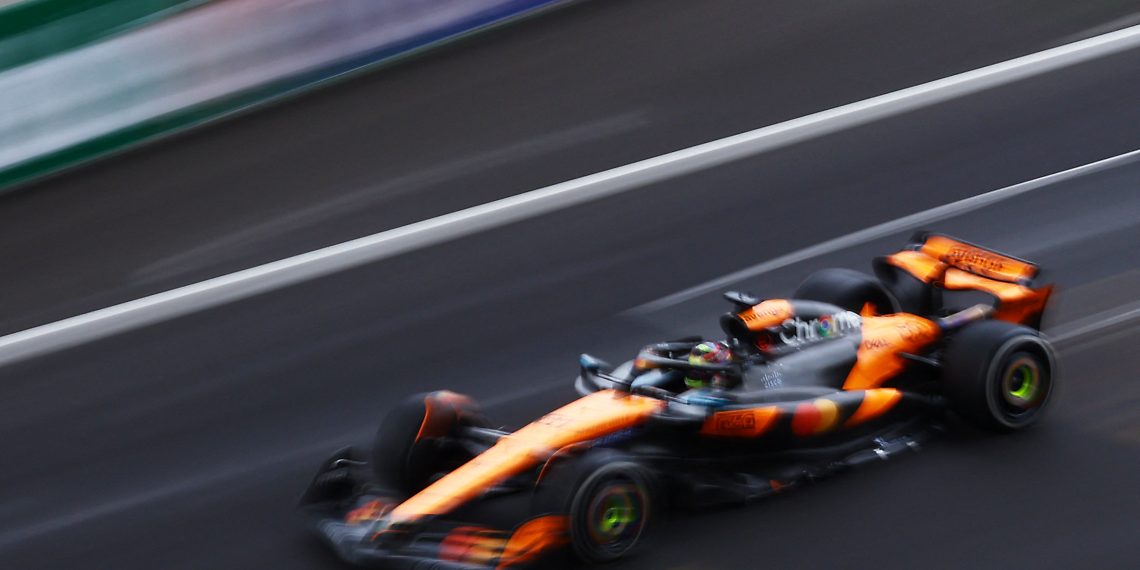A thrilling weekend unfolded at Shanghai’s Chinese Grand Prix, serving up an intriguing blend of in-race drama, post-race revelations, and fresh insights into the performance of the teams and drivers. Although the race itself may not have been a classic, the twists and turns of the event offered plenty of lessons to dissect.
Max Verstappen, though ranking high in the championship’s early phase, clearly harbors dissatisfaction with his Red Bull. He faces a grueling battle for the title, possibly with only F1’s fourth-best car. Despite securing spots in the first two rows and outperforming Ferraris in the initial events, Verstappen’s Red Bull struggles with a narrow operating range, limited grip in corners, and an overall lack of consistency. While not a bad car per se, it requires the right conditions to be quick. This weekend, Verstappen’s dissatisfaction with the RB21 was palpable.
McLaren had a challenging weekend at Shanghai. Team principal Andrea Stella highlighted two main issues affecting their performance: the behavior of the tires on the track surface and the car’s difficulty to exploit at the limit. These issues particularly penalized Lando Norris, whose driving style and laptime generation approach struggled with the car’s limitations, especially at the hairpin and during sprint qualifying. However, Norris’s performance improved as track conditions bettered.
Mercedes, on the other hand, has started the season on a positive note, with George Russell scoring his second podium finish in two races. Despite Russell’s initially describing the car as easier to drive but failing to meet the team’s expectations, Mercedes’ consistency and user-friendliness have proved advantageous. However, team boss Toto Wolff acknowledges there’s room for improvement and the car is not yet where they want it to be.
Ferrari suffered a massive setback with a double disqualification from Sunday’s race due to technical infringements. This disastrous outcome calls for a swift recovery to prevent the team’s performance from spiraling further. While Ferrari’s car shows potential at its peak, the team needs to understand the inconsistencies that led to a perplexing race outcome.
Racing Bulls, despite showcasing impressive qualifying sessions, has not been able to translate that into race results. They have consistently dropped positions in the races, with Yuki Tsunoda’s sixth place in the China sprint being an exception. Strategic blunders and a lack of adaptability in changing conditions seem to be the team’s primary challenges.
Haas, on the other hand, had a remarkable turnaround. Following a disappointing Australian Grand Prix, the team made a strong comeback in China with a double points finish. However, it would be premature to assume that Haas has completely recovered, as the smooth resurfaced track in China may have flattered their progress.
Red Bull’s decision to sign Lawson, a driver with just 11 mixed-quality races under his belt, appeared to be backfiring, as the driver is struggling to adapt to the challenging car. This situation is testing Red Bull’s commitment to Lawson and their strategic decision-making.
At Williams, Alex Albon has been outperforming his new team-mate Carlos Sainz, having bagged 16 points so far. Sainz, still adjusting to his new team, is grappling with understanding the car’s inconsistencies. On the other hand, Albon’s excellent performance highlights the high level at which he operates.
Alpine, forced to modify their car due to stricter rear wing flexibility tests, had a difficult weekend, with neither Pierre Gasly nor Jack Doohan making it out of a Q1 session. The changes to the rear wing could be linked to the team’s poor performance.
Lance Stroll seems to be making strides in Aston Martin, starting the season with a more engaged approach and a stable car, which led to a decent result in China. Meanwhile, despite Zhou Guanyu’s absence as a racer this year, the Chinese Grand Prix saw a high turnout, indicating the growing popularity of F1 among a new generation of fans.













